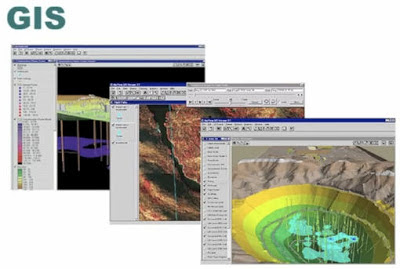Sites related to GeogSplace
Spatialworlds blog
Australian Geography Teachers' Association website
Scoop.it sites for the class
Just real interesting
Email
malcolm.mcinerney@thebartonsc.sa.edu.au Just real interesting
To finish our course here are some
interesting ones from the Just Real Interesting Scoop.it
* Houses hanging on!
Interesting
futures idea?
This daily
dose of satellite photos helps you appreciate the beauty and intricacy of the
things humans have constructed--as well as the devastating.
An Urban
World: UNICEF's new data visualization of urban population growth over the next
40 years. This graphic depicts countries and territories with 2050 urban
populations exceeding 100,000. Circles are scaled in proportion to urban
population size. Hover over a country to see how urban it is (percentage of
people living in cities and towns) and the size of its urban population (in
millions).
Across
cultures, people feel increased activity in different parts of the body as
their mental state changes.
"Some beautiful,
information-dense cartography, which provide a moment of self-reflection like a
giant, geographic mirror.” Seth Dixon
People get
the general shape of the world when the draw a map of the world from memory.
Maps after
maps, some quirky some just plain interesting and useful.








